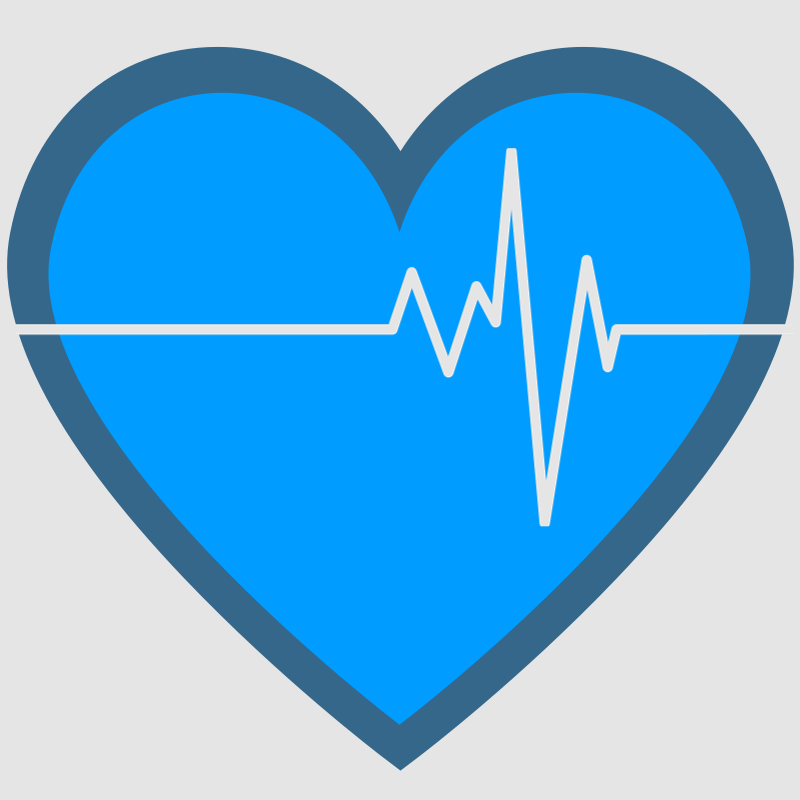Click the green compare icon to compare diagnostic medical sonography programs side by side, or click on the programs to see detailed information on them.
Learn more about programs, find programs near me, or explore diagnostic medical sonography and ultrasound tech careers.
What is Covered in a Diagnostic Medical Sonography Program?
A diagnostic medical sonography program typically covers courses in human anatomy, physiology, and other sciences. It teaches students how to use sonography equipment and how to operate ultrasound machines safely and accurately. In addition, students learn how to perform exams such as abdominal sonograms, breast sonograms, and nerve conduction studies. Students also learn about patient preparation, communication with patients, legal concerns related to the practice of medical sonography, and the latest advances in technology. Coursework also includes hands-on experience with real-life scenarios so that students are prepared for work upon graduation.
How Long Does Diagnostic Medical Sonography School Take?
Diagnostic medical sonography schools typically take between 2-4 years to complete. Most programs consist of classroom learning, clinical practicums and hands-on experience. After completing the program you will need to obtain a license from your state before you can practice professionally. Depending on the state you are in, licensure may require additional course work beyond what was obtained in the diagnostic medical sonography school program. It is important to research requirements for licensure prior to committing to a program.How do You Become a Diagnostic Medical Sonographer or an Ultrasound Tech?
To become a Diagnostic Medical Sonographer or an Ultrasound Tech, you must complete the necessary training and certification. The American Registry for Diagnostic Medical Sonography (ARDMS) offers certification exams to test your skill and medical knowledge. To be eligible to take the exam, you will need to complete a CAAHEP or CIMA approved sonography program at either an accredited school or college and then register with ARDMS. You may also need to pass supplementary examinations for vascular ultrasound and/or breast ultrasound depending on your specialty. After completing all of the exams, you will receive your ARDMS certifications and can begin working as a professional ultrasound technician.
What Does a Diagnostic Medical Sonographer Do?
A Diagnostic Medical Sonographer is a healthcare professional who specializes in the use of medical ultrasound procedures to diagnose and treat medical conditions. They use specialized equipment to create images called sonograms, which are then used by doctors to help diagnose the patient’s condition. The sonographer will typically perform an ultrasound exam on the patient, analyze the data collected, create images for the doctor to review, and then explain any findings to patients or referring physicians. They may also explain proper techniques for using specialized equipment, as well as safe techniques for performing diagnostic scans.

